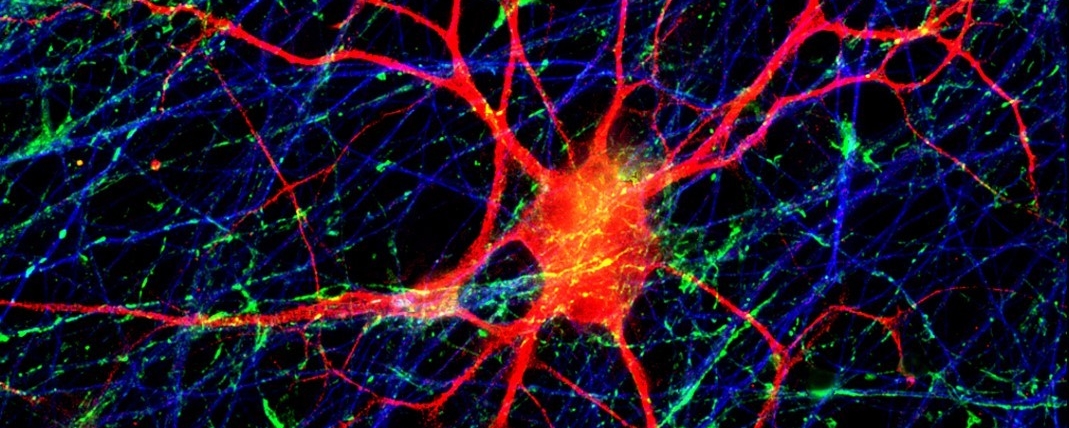- About
- People
- Faculty
- Tim Audas
- Christopher Beh
- Lorena Braid
- Fiona S.L. Brinkman
- Mark Brockman
- Jonathan Choy
- Lisa Craig
- Sharon Gorski
- Nicholas Harden
- Nancy Hawkins
- Robert Holt
- William Hsiao
- Valentin Jaumouillé
- Lisa Julian
- Dustin King
- Irina Kovalyova
- Mani Larijani
- Amy Lee
- Michel Leroux
- Ryan Morin
- Ingrid Northwood
- Mark Paetzel
- Lynne Quarmby
- Dheva Setiaputra
- Michael Silverman
- Sophie Sneddon
- Glen Tibbits
- Peter Unrau
- Esther Verheyen
- Stephanie Vlachos
- David Vocadlo
- Edgar Young
- Emeritus Faculty
- Associate Members
- Adjunct Faculty
- Research Personnel
- Graduate & Postdocs
- Staff
- Department Committees
- Faculty
- Undergraduate
- Prospective Students
- Admission & Transferring
- Degree Programs
- MBB Co-op Program
- Careers in Molecular Biology and Biochemistry
- Scholarships & Funding
- Student Stories
- Contact Us
- Current Students
- Advising
- Courses
- Degree Programs
- MBB Co-op Program
- Research Opportunities
- Scholarship & Funding
- Student Resources
- Prospective Students
- Graduate
- Graduate Studies Overview and Timeline
- Prospective Students
- Current Students
- Manage Your Program
- Degree Requirements
- Courses
- Course Descriptions
- Course Offerings
- Spring (1251)
- Summer (1254)
- Spring (1241)
- Summer (1244)
- Fall (1247)
- Spring (1231)
- Summer (1234)
- Fall (1237)
- Spring (1221)
- Summer (1224)
- Fall (1227)
- Fall (1217)
- Summer (1214)
- Spring (1211)
- Fall (1207)
- Summer (1204)
- Spring (1201)
- Fall (1197)
- Summer (1194)
- Spring (1191)
- Fall (1187)
- Summer (1184)
- Spring (1181)
- Fall (1177)
- Summer (1174)
- Spring (1171)
- Fall (1167)
- Summer (1164)
- Spring (1161)
- Fall (1157)
- Spring (1151)
- Graduate Student Stipend & Awards
- Forms And Resources
- Events
- Graduate Student Caucus
- Research
- Research Labs
- Audas Lab
- Beh Lab
- Braid lab
- Brinkman Lab
- Brockman Lab
- Chen Lab
- Choy Lab
- Craig Lab
- Gorski Lab
- Harden Lab
- Hawkins Lab
- Holt Lab
- Hsiao Lab
- Jaumouillé Lab
- Julian Lab
- King Lab
- Larijani Lab
- Lee Lab
- Leroux Lab
- Morin Lab
- Paetzel Lab
- Pio Lab
- Quarmby Lab
- Sen Lab
- Setiaputra Lab
- Silverman Lab
- Thewalt Lab
- Tibbits Lab
- Unrau Lab
- Verheyen Lab
- Vocadlo Lab
- Young Lab
- Bioinformatics & Genomics
- Cells & Disease
- Infection & Immunity
- Macromolecular Biochemistry
- Undergraduate Research Opportunities
- Postdoctoral Research Opportunities
- C2D2 Centre for Cell Biology, Development, and Disease
- Omics Data Science Initiative
- Recent Publications
- Research Labs
- Resources
- News & Events
- Support MBB
- Faculty + Staff Portal

Silverman Lab
We are cellular neurobiologists studying the role of protein transport in healthy and diseased neurons.
Nerve cells or neurons are responsible for every thought, emotion, and reaction to the world around you. The architecture of the neuron is such that the tip of the axon, which is required for information transmission, can be quite distant from the cell body where many of the cell’s components are manufactured. Thus, neurons rely on an elaborate microtubule-based transport system to ship cellular components such as organelles containing membrane and secreted proteins to distal sites within the cell. This intracellular transport is essential for the development, maintenance, and survival of neurons. Moreover, transport, or more specifically, fast axonal transport defects are causative or early pathological manifestations of several neurodevelopmental and neurodegenerative diseases. We are interested in understanding the cellular and molecular mechanisms of axonal transport in human neurons and explore these questions using a variety of techniques including live cell imaging, immunocytochemistry, and biochemistry.
Selected Publications
- Kikuchi M, Viet J, Nagata K, Sato M, David G, Audic Y, Silverman MA, Yamamoto M, Akatsu H, Hashizume Y, Chiba K, Takeda S, Akamine S, Miyamoto T, Uozumi R, Gotoh S, Mori K, Manabu Ikeda M, Paillard L, Morihara T. Gene-gene functional relationships in Alzheimer’s disease: CELF1 regulates KLC1 alternative splicing, BBA - Molecular Basis of Disease. 2024 Aug 20:721:150025
- Keefe, AJ, Gabrych DR*, Zhu Y, Vocadlo DJ, Silverman MA. Axonal transport of lysosomes is unaffected in glucocerebrosidase-inhibited iPSC-derived forebrain neurons. eNeuro. 2023 Oct, 10(10): 1–13
- Gan, KJ, Akram, A, Blasius, TL, Ramser, EM, Budaitis, BG, Gabrych, DR, Verhey, KJ, Silverman, MA. GSK3ß impairs KIF1A transport in a cellular model of Alzheimer’s disease but does not regulate motor motility at S402. eNeuro. 2020 Nov 5;7(6)

